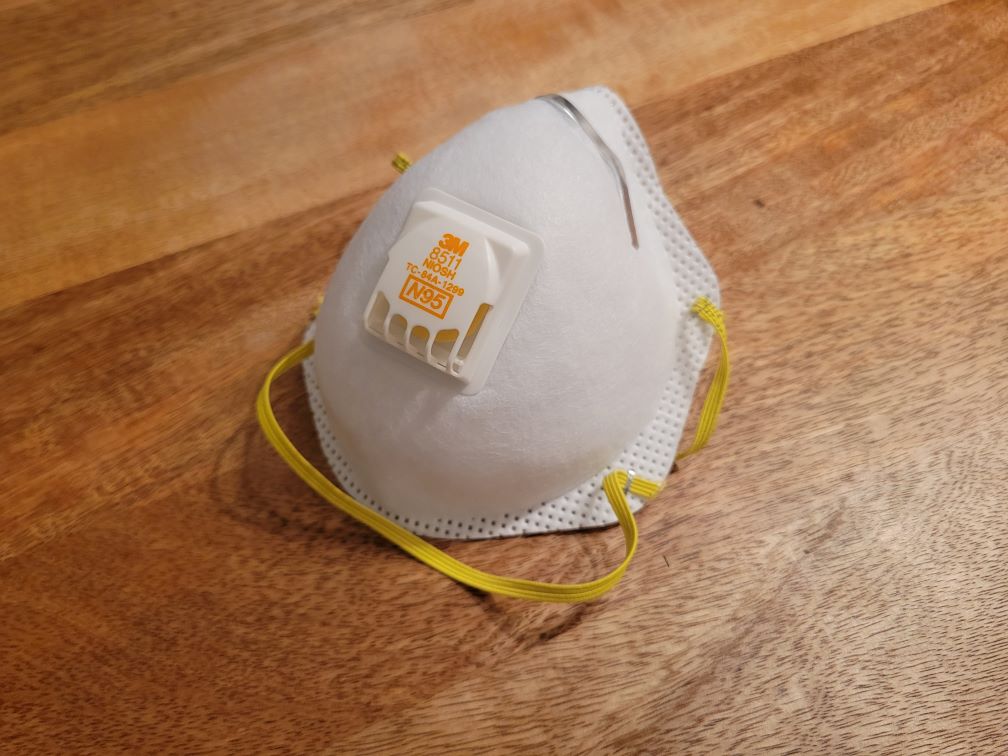
Wildfire Smoke:
How to Protect Your Employees While Continuing Operations
All employers must provide a safe workplace for their employees. But what happens when the hazard in the workplace is not related to the work itself and is out of the employer's control, like wildfire smoke that can travel long distances? Cal/OSHA has issued a regulation specifically to address how employers can address the challenge of protecting their employees from wildfire smoke. It has been in effect since 2019 and with some exemptions, it applies to all workplaces where the Air Quality Index (AQI) for particulate matter 2.5 (PM2.5) is at least 151, and where it can be expected that employees may be exposed to wildfire smoke.
With the wildfire season expanding every year it is imperative to develop a strategy for how to best protect employees while also minimizing disruptions to operations. These procedures can be addressed in the Injury and Illness Prevention Program (IIPP), or be developed as a standalone document. Not only is having adequate procedures in place required, but a robust plan can also demonstrate to the employees that they are cared for and valued. This written plan should include:
- Identification of Harmful Exposure: Evaluate if harmful wildfire smoke could affect employees. This needs to be done at the beginning of every shift and periodically thereafter since wildfires are unpredictable and evolve continually. Knowing when to implement protective measures can be determined by checking the current AQI and forecasted AQI, or by conducting on-site monitoring for PM2.5 and converting it to the AQI scale.
- Communication: There must be procedures for how to inform employees of the AQI for PM2.5, the protective measures that have been established, how employees can report if the air quality is getting worse, and if they develop health symptoms like asthma, chest pain, and labored breathing. This information has to be disseminated in a language that the employees can easily understand, so if English is not the only language spoken in the workplace, then this infomration need to be translated into other languages represented in the workforce. But there is more to communication than what is conveyed, the channels that are to be used must also be identified. Determine if emailing, texting, voice messages, website updates etc. will be used to keep employees updated on the latest conditions.
- Training: informing employees on what to do in case the workplace is affected by wildfire smoke, the potential health effects of being exposed to wildfire smoke, personal risk factors, and protective equipment that is available for use. Even if only voluntary use is expected for filtering facepieces (i.e. dust masks) there should still be training in how to put them on and take them off, limitations while using them, and how to maintain them. Practice emergency evacuation procedures and emergency notification systems by having periodic evacuation drills and issuing test notifications. Learn from these training events and revise the procedures accordingly.
- Controlling Exposures: There are many ways to protect employees from harmful exposures to wildfire smoke. Engineering controls, such as working indoors in a ventilated building or a car with the AC running, or administrative controls by altering work schedules or reducing the intensity of the work.
 Where the AQI is at least 151, it is recommended to use filtering facepieces such as a N95. If the AQI is at least 500, a more protective type of respirator is required like a half-face or full-face respirator with P100 filters. All use of respirators must be in accordance with the Respiratory Protection Standard, Section 5144. Improper use of a respirator could create harm in itself, which is why it is important to have respiratory protection program in place.
Where the AQI is at least 151, it is recommended to use filtering facepieces such as a N95. If the AQI is at least 500, a more protective type of respirator is required like a half-face or full-face respirator with P100 filters. All use of respirators must be in accordance with the Respiratory Protection Standard, Section 5144. Improper use of a respirator could create harm in itself, which is why it is important to have respiratory protection program in place.
Additional Steps To Prepare for a Wildfire
- HVAC Maintenance and Improvement: Inspect the HVAC system and make necessary repairs. Replace filters on a periodic basis and evaluate if using a filter wiht a higher MERV rating is possible.
- Weatherproofing the Building: Cracks and small openings could be cause for unfiltered air to seep into the building. Making sure that these areas are sealed ahead of time could help protect against unwanted outdoor air intrusions.
Protective Measures During a Wildfire
Wearing a N95 respirator may not be enough when working in an area that is affected by smoke from a wildfire. Other exposure controls that could be considered include:
- Move the work inside if possible.
- Install additional portable air cleaners, such as those with HEPA filters, in indoor areas where outside air may enter the building through doors, windows, cracks, joints and other small openings.
- Evaluate if adjusting the settings on the HVAC system to reduce the amount of fresh makeup air would be beneficial.
- Avoid performing tasks that generate dust, fumes and smoke, like welding or sanding.
- Adjust the schedule so that the work is performed when there is less smoke, or delaying strenuous task to a later date.
- Provide additional rest time between shifts so employees have more time to recover, such as working a shorter shift.
- Relocating the work to an area with less smoke.
- Have an emergency kit available that includes N95 respirators.
- Allowing alternative work schedules and the ability to work from home for employees during times of evacuation orders, school closures etc. that may not directly affect the business' location but the employees personal life.
- The regulation sets the minimum requirements, but your business could have circumstances to suggest that more protective measures are appropriate. If a large portion of the workforce fall under what is considered sensitive groups, such as those with heart disease and respiratory illnesses, it could be warranted to lower the AQI threshold for activating the plan or for when to mandate the use of more protective respirators. Therefore, you should evaluate and determine what will trigger the plan at your facility.